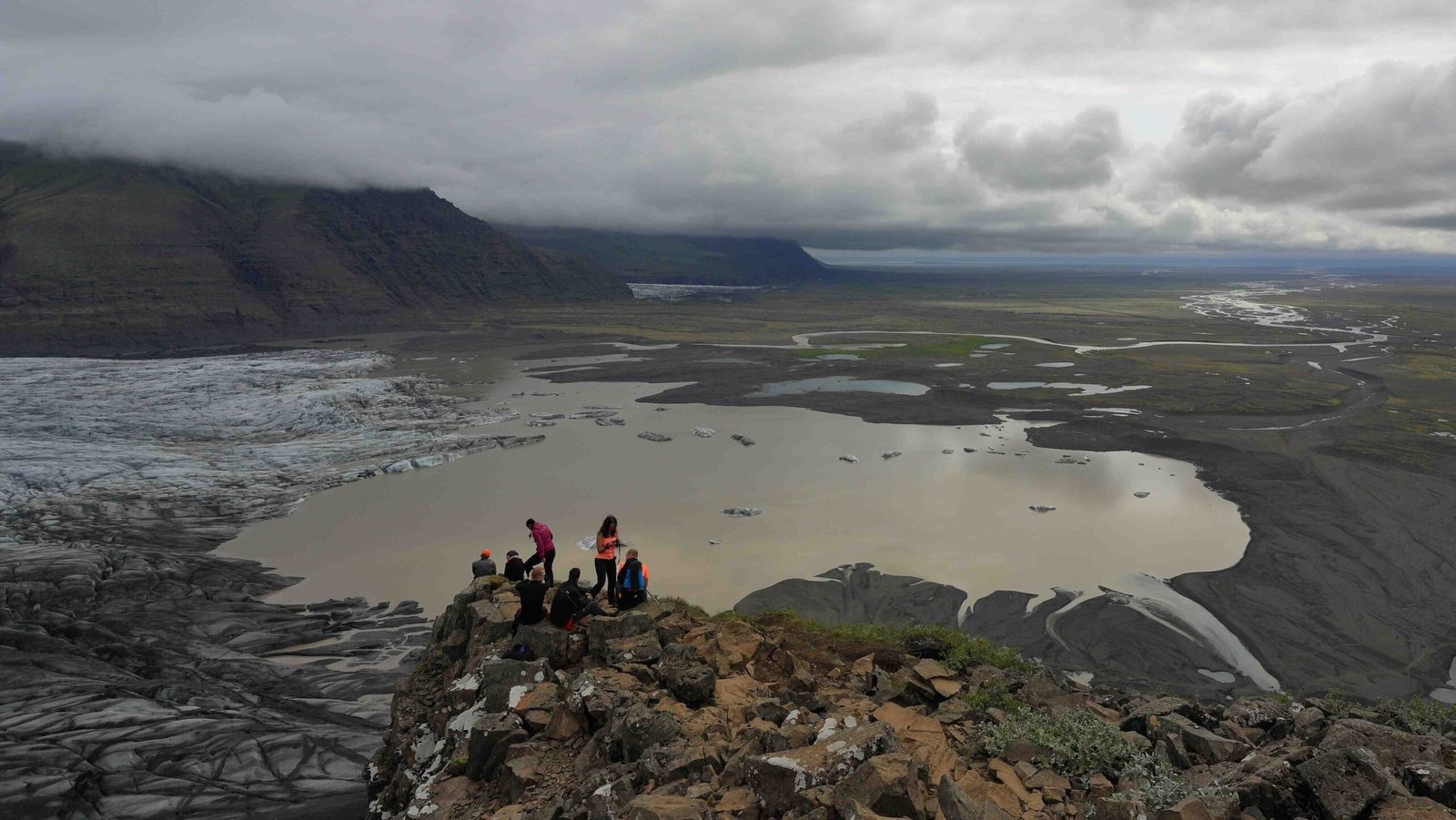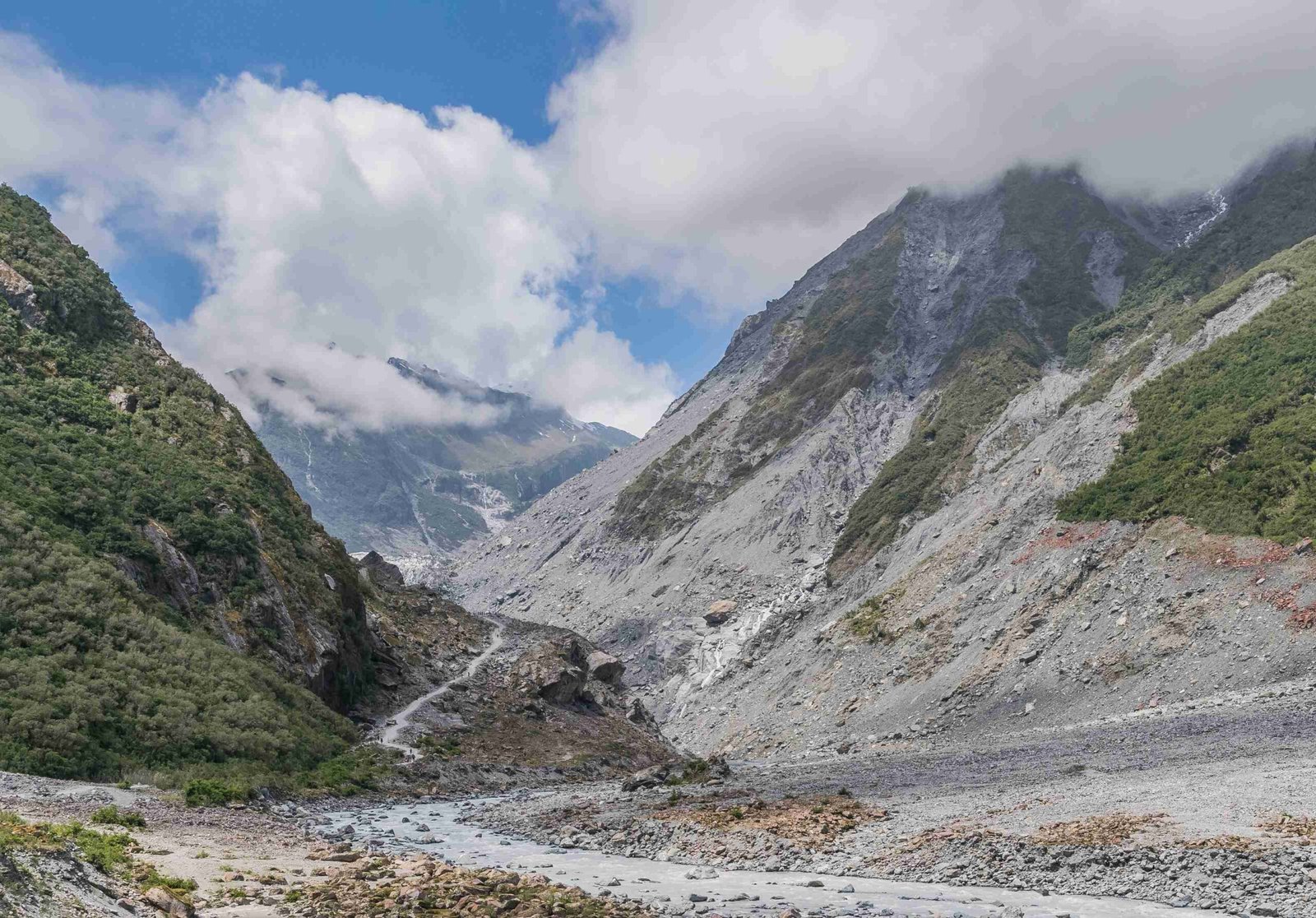Peter Lesica’s ‘A Flora of Glacier National Park, Montana’ is a definitive work documenting over 1,000 plant species in this diverse ecosystem. The book provides detailed descriptions, distribution information, and ecological insights for native plants across various habitats within the park. Lesica’s extensive research spans decades, offering an invaluable resource for botanists, ecologists, and nature enthusiasts exploring Glacier National Park’s rich flora.
What is the Significance of Peter Lesica’s Work on Glacier National Park’s Flora?

Peter Lesica’s contribution to the understanding of Glacier National Park’s flora is immeasurable. His comprehensive work, ‘A Flora of Glacier National Park, Montana,’ serves as the cornerstone for botanical research and conservation efforts in the region. Lesica’s meticulous documentation has:
- Cataloged over 1,000 plant species
- Provided detailed descriptions and distribution information
- Offered insights into plant ecology and adaptations
- Established a baseline for monitoring changes in plant communities over time
This extensive research has not only advanced scientific knowledge but also plays a crucial role in informing park management decisions and conservation strategies.
How Does Lesica’s Flora Guide Enhance Visitor Experience?

Lesica’s flora guide significantly enhances the visitor experience in Glacier National Park by:
- Offering detailed plant identification tools
- Providing ecological context for observed species
- Highlighting unique adaptations of montane plants
- Enhancing appreciation for the park’s biodiversity
For both casual visitors and serious botanists, the guide serves as an invaluable companion for exploring the park’s diverse ecosystems.
What Are the Key Plant Communities Documented in the Flora?
Lesica’s work meticulously documents various plant communities within Glacier National Park. These include:
- Alpine Meadows
- Characterized by low-growing, hardy plants
-
Examples: Alpine Forget-me-not (Myosotis alpestris), Alpine Aster (Erigeron purpuratus)
-
Subalpine Forests
- Dominated by coniferous trees and understory plants
-
Key species: Engelmann Spruce (Picea engelmannii), Subalpine Fir (Abies lasiocarpa)
-
Montane Forests
- Mixed coniferous and deciduous forests at lower elevations
-
Notable species: Western Larch (Larix occidentalis), Douglas Fir (Pseudotsuga menziesii)
-
Riparian Areas
- Plants adapted to streamside and wetland habitats
- Examples: Red-osier Dogwood (Cornus sericea), Willow species (Salix spp.)
Each community hosts a unique assemblage of plants, reflecting the diverse environmental conditions within the park.
How Does Lesica’s Work Address Plant Adaptations to Harsh Environments?
Lesica’s flora guide provides insights into the remarkable adaptations of plants to Glacier National Park’s challenging environments:
- Cold Tolerance
- Many alpine plants have antifreeze compounds in their cells
-
Example: Alpine Forget-me-not (Myosotis alpestris)
-
Drought Resistance
- Waxy leaf coatings to reduce water loss
- Deep root systems to access water
-
Example: Beargrass (Xerophyllum tenax)
-
Short Growing Season Adaptations
- Rapid growth and flowering cycles
- Perennial life strategies with energy storage in roots
-
Example: Alpine Sunflower (Helianthella uniflora)
-
Wind Resistance
- Low-growing, cushion-like growth forms
- Flexible stems to withstand high winds
- Example: Moss Campion (Silene acaulis)
These adaptations highlight the resilience and diversity of plant life in extreme mountain environments.
What Rare or Endemic Species Are Highlighted in Lesica’s Flora?
Lesica’s work brings attention to several rare and endemic plant species found in Glacier National Park:
- Glacier National Park Thistle (Cirsium longistylum)
- Endemic to Montana, with a significant population in the park
-
Conservation status: Vulnerable
-
Water Howellia (Howellia aquatilis)
- Aquatic plant found in vernal pools
-
Federally listed as threatened
-
Whitebark Pine (Pinus albicaulis)
- Keystone species in high-elevation ecosystems
-
Listed as threatened due to blister rust and mountain pine beetle impacts
-
Northern Wild Raisin (Viburnum edule)
- Rare in Montana, with Glacier National Park at the southern edge of its range
These species underscore the importance of the park as a refuge for plant biodiversity and the need for ongoing conservation efforts.
How Does Lesica’s Flora Guide Support Conservation Efforts?
Lesica’s comprehensive documentation of Glacier National Park’s flora plays a crucial role in conservation efforts:
- Baseline Data
-
Provides a reference point for monitoring changes in plant communities over time
-
Rare Species Identification
-
Helps park managers and researchers locate and protect vulnerable populations
-
Habitat Assessment
-
Offers insights into the ecological requirements of various plant species
-
Climate Change Studies
-
Enables researchers to track shifts in plant distributions due to changing environmental conditions
-
Invasive Species Management
- Aids in identifying non-native plants and assessing their impact on native communities
By providing this wealth of information, Lesica’s work empowers conservationists and park managers to make informed decisions about protecting the park’s botanical heritage.
What Educational Resources Does Lesica’s Flora Guide Offer?
Lesica’s ‘A Flora of Glacier National Park, Montana’ serves as a valuable educational resource:
- For Students and Researchers
- Detailed species descriptions
- Distribution maps
-
Ecological information
-
For Park Visitors
- Plant identification keys
- Habitat descriptions
-
Interesting facts about plant adaptations and uses
-
For Educators
- Curriculum development materials
- Field guide for botany courses
- Case studies in plant ecology and conservation
The guide’s comprehensive nature makes it suitable for a wide range of educational applications, from casual nature enthusiasts to advanced botanical researchers.
How Can Visitors Use Lesica’s Flora Guide to Enhance Their Park Experience?
Visitors can leverage Lesica’s flora guide to enrich their Glacier National Park experience:
- Pre-Trip Planning
- Research plants likely to be seen in specific areas or seasons
-
Plan hikes to observe particular species or plant communities
-
On-Site Identification
- Use the guide’s keys and descriptions to identify observed plants
-
Learn about plant adaptations and ecological roles
-
Photography
- Locate and photograph rare or unique species
-
Create a personal botanical journal of park visits
-
Participation in Citizen Science
- Contribute observations to park databases
-
Assist in monitoring plant populations over time
-
Guided Tours
- Join ranger-led botanical walks, using the guide as a reference
- Participate in plant identification workshops based on Lesica’s work
By integrating the flora guide into their visit, park guests can develop a deeper appreciation for Glacier’s botanical diversity and ecological significance.
What Future Research Does Lesica’s Flora Guide Inspire?
Lesica’s comprehensive work on Glacier National Park’s flora serves as a springboard for future research:
- Climate Change Impact Studies
- Tracking shifts in plant distributions and phenology
-
Assessing vulnerability of alpine species to warming temperatures
-
Rare Species Conservation
- Developing management strategies for threatened plants
-
Investigating genetic diversity within isolated populations
-
Ecosystem Dynamics
- Studying plant-pollinator relationships
-
Examining the role of fire in shaping plant communities
-
Invasive Species Research
- Monitoring the spread of non-native plants
-
Developing control strategies for invasive species
-
Ethnobotanical Studies
- Investigating traditional uses of native plants by indigenous peoples
- Exploring potential medicinal properties of park flora
Lesica’s flora guide provides a solid foundation for these and many other research directions, ensuring its lasting impact on botanical science and conservation in Glacier National Park.
References:
1. https://osupress.oregonstate.edu/book/flora-of-glacier-national-park
2. https://www.amazon.com/Flora-Glacier-National-Peter-Lesica/dp/0870715380
3. https://centerfornativeplants.com/2018/02/05/for-the-armchair-botanist/